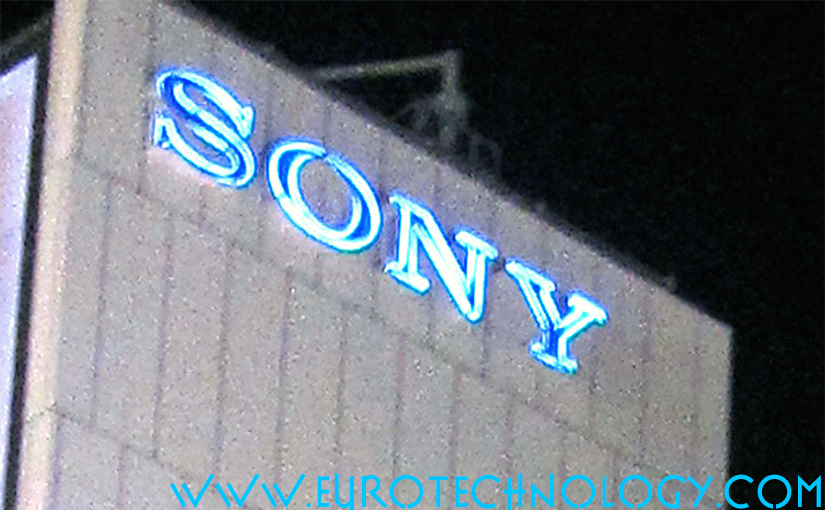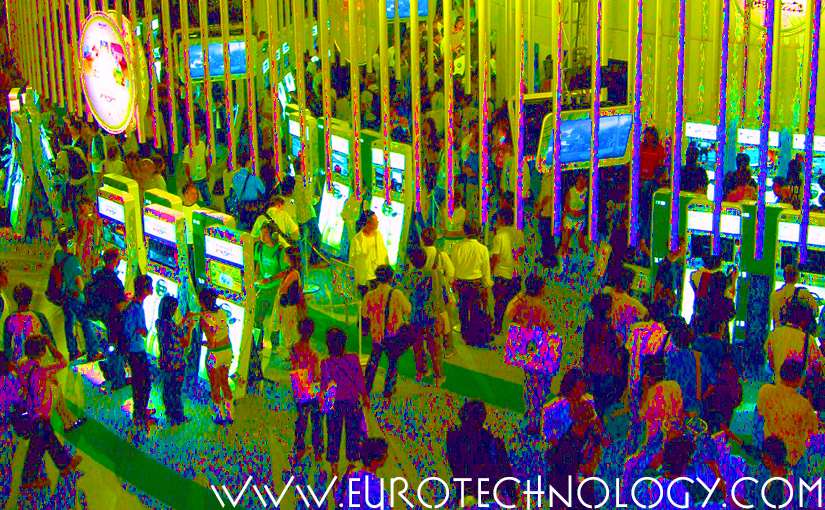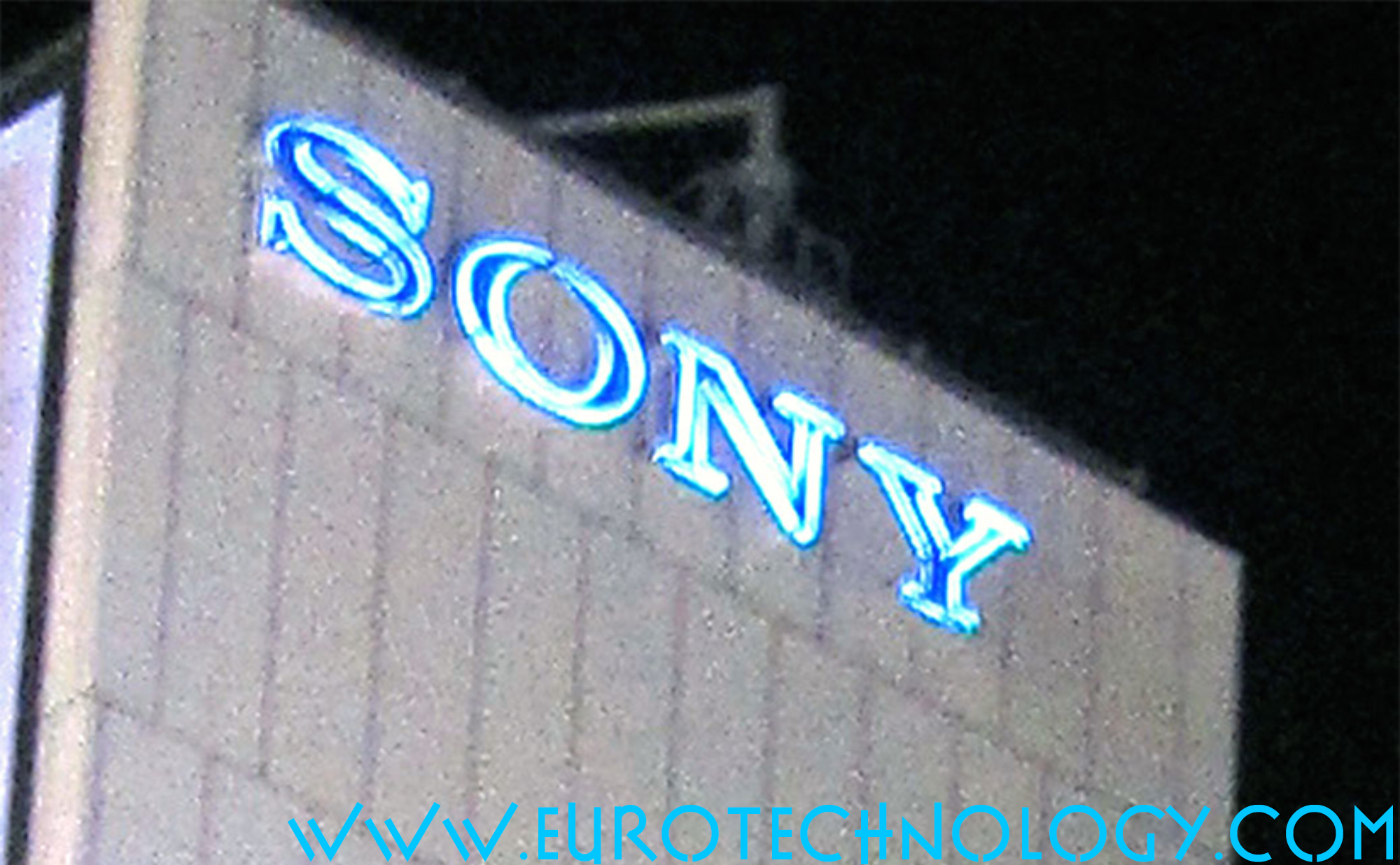Read our report on Japan’s electronics industry sector:
Copyright 2013 Eurotechnology Japan KK All Rights Reserved

Read our report on Japan’s electronics industry sector:
Copyright 2013 Eurotechnology Japan KK All Rights Reserved

Read our report on Japan’s electronics industry sector:
Copyright 2013 Eurotechnology Japan KK All Rights Reserved
Paying with the mobile phone in shops and trains, unlocking doors, security check in offices, paying the air ticket and checking in, all just by waving the wallet phone close to a reader/writer unit is addictive – and daily life in Japan today.
SUICA in Tokyo, Octopus in Hong Kong and Oyster in London are great success stories but they use different and incompatible technologies and software.
For mobile payments to take off globally, global interoperability is a must.
NXP (Philips’ former semiconductor division) and SONY on November 20, 2006 announced a cooperation, which will bring global interoperability to wallet phones and mobile payment.
Copyright (c) 2013 Eurotechnology Japan KK All Rights Reserved
SONY‘s PSP includes wLAN connectivity – this image shows our company homepage displayed on a PSP’ internet browser

SONY’s PSP can be used as a VOIP telephone – and has a variety of other disruptive functionalities… more in our J-Games report. At the moment PSP is being outsold by Nintendo’s DS.
Copyright·©2013 ·Eurotechnology Japan KK·All Rights Reserved·
Read our CEO’s interview on BBC World TV about FeliCa wallet phones.
Watch the movie of the interview:
Windows Media Player – Bandwith = Low|Medium|High
Real Player – Bandwith = Low|Medium|High
Read our report Mobile payments in Japan.
Copyright·©2013 ·Eurotechnology Japan KK·All Rights Reserved·

by Gerhard Fasol
Here some highlights of this year’s Tokyo Game Show TGS2005:
At last year’s TGS2004 Microsoft’s XBOX exhibit was pretty low-key in a secondary hall. This year, at Tokyo Game Show TGS2005, Microsoft moved with a much bigger exhibit up into the prime position of the main hall right next to (current) market leader SONY Computer Entertainment (SCE)… While in 2004 and before, SCE was the uncontested leader of the market, Microsoft is not accelerating efforts with XBOX-360. While SONY’s PSP is fantastic, it’s being outsold in Japan by Nintendo’s DS…

Japan game market report (398 pages, pdf-file):

wLAN hotspot for PSP (SONY PlayStation Portable) for game sharing and
download. However, with a little bit of software, PSPs could be used to hold VOIP telephone
calls via these (or other) wLAN hotspots:

This year is the first appearance of merged BandaiNamco, which used to be separate companies until recently:

The following figure summarizes some of the recent mergers in Japan’s game software industry:

SONY staff greeting customers at the end of the first day of the show
(while greeting customers there were facing Microsoft’s impressive Xbox360 exhibition area…):



Copyright 1997-2013 Eurotechnology Japan KK All Rights Reserved
The SonyEricsson mobile phone design team gave a very impressive presentation of their work at the Swedish Embassy yesterday.
Here is Art Director Mr Kawagoi, who created the famous SonyEricsson logo, explaining the messages contained in his creation:

Here Swedish Managers of the SonyEricsson Creative Design Center from Lund/Sweden:

My conclusion: expect a lot more great designs out of SonyEricsson. Also, there is every indication it’s a very successful Japan-Swedish cooperation.
[images in this post are taken with a DoCoMo/Sharp SH900i 3G/FOMA camera-phone in 2Megapixel setting, and sent through the air via DoCoMo’s FOMA network. Images are reproduced here in much less than the original 1224 x 1632 pixel size, which would not fit on most PC screens.]
Copyright·©1997-2013 ·Eurotechnology Japan KK·All Rights Reserved·

by Gerhard Fasol
The annual “Tokyo Game Show” sets trends and is a must for game professionals and fans. More than 100 companies exhibit.
This years highlight is the SONY “PlayStation Portable” – PSP – to be introduced towards the end of 2004. SONY prepared a huge arena with an gigantic models of a PSP hanging overhead where visitors to the show could try out advance models of the PSP.
SONY also displayed the new “Gran Turismo 4” game, the release is scheduled for Dec 3, 2004. “Gran Turismo 4” was not the only car racing game at the show, we counted at least three more in this hugely popular category.
Japan game market report (398 pages, pdf-file):
The DoCoMo pavillion highlighted 15 of the most important i-Mode game partners. These 15 were selected from over 4000 i-mode content partners. Games are one of the most important sectors on the i-mode menu – many customers are driven by games to buy the next handset upgrade. Therefore DoCoMo has a great interest in mobile games. DoCoMos focus at the game show were games for the 900i FOMA/3G series.

In a stunning arena around a gigantic hyper-real model of the PSP PlayStation Portable (PSP), visitors try out the PSP. PSP is announced to be released towards the end of 2004.

SONY offered a preview of “Gran Turismo 4” representing the enormously popular segmet of car racing games with realistic landscapes and surroundings.

DoCoMo presented an intense show of 15 key i-mode partners focusing on games. The map immediately below shows the lay-out of DoCoMos exhibition area, together with small pictures of the main display of each of the 15 DoCoMo partners

One of the most important DoCoMo game partners is Square Enix with the best selling Final Fantasy series. Final Fantasy is a “role playing game” where the player joins a group of fighters. This photograph shows the Square Enix presentation in the DoCoMo display. Square Enix also had its own presentation area – complete with models, preview area, shows etc.

“Rumble rose” is the most spectacular representative game of sexy games – Rumble Rose is about women wrestling…

ATLUS shows stunning color and illumination effects.



Copyright 1997-2013 Eurotechnology Japan KK All Rights Reserved

After Masaru Ibuka (井深大) died on December 19, 1997, NATURE asked me to write an obituary about Masaru Ibuka, which was published in Nature on February 26, 1998, and you can download the article as a pdf-file here. The reference is: Gerhard Fasol, “Obituary: Masaru Ibuka (1908-97)”, Nature 391, p. 848 (26 February 1998).
I used several weeks of my spare time to research and write this obituary. For example, I worked to reach and talk with several people who had met Ibuka in person, since I had never personally met Ibuka. As another example: General McArthur’s Government of Japan wanted to communicate with the population of Japan via radio, however, radio receiver production in Japan was very inefficient at that time due to quality problems, leading to very low yield. So General McArthur’s Government brought Quality experts Homer Sarasohn and Charles Protzmann to Japan to teach classes in quality management. I found out that Ibuka was a keen student of these quality classes. To understand this better, I phoned with a retired officer of General McArthur’s Government, and I also found relatives of Homer Sarasohn, who very kindly gave me a lot of information about Homer Sarasohn’s work in teaching quality management in Japan.
Interestingly, there is a lot of misunderstandings and myths around SONY, some of which I clarified in the Nature obituary for Masaru Ibuka.
Reality: SONY was founded as Tokyo Tsushin Kenkyusho (the Tokyo Communications Laboratory) by Masaru Ibuka and by Akio Morita, who are the two co-founders of Tokyo Tsushin Kenkyusho, the company name was later changed to SONY.
Reality: SONY is a Japanese company with headquarters in Tokyo-Shinagawa. The reason why many people think that SONY is an American company, is that SONY’s company name and brand name in Japan is written in Katakana, while traditional Japanese companies always write their company in Chinese characters (Kanji). (Note however, that Nissan President Carlos Ghosn, says that companies have no nationality).
Reality: Leo Esaki discovered the tunnel diode as a researcher at Tokyo Tsushin Kenkyusho, which later changed the company name to SONY. Leo Esaki then moved to IBM Yorktown Heights R&D labs, and was awarded the Nobel Prize while working at IBM for his discovery of the tunnel diode, which he discovered while working at Tokyo Tsushin Kenkyusho.
Copyright (c) 1996-2014 Eurotechnology Japan KK All Rights Reserved